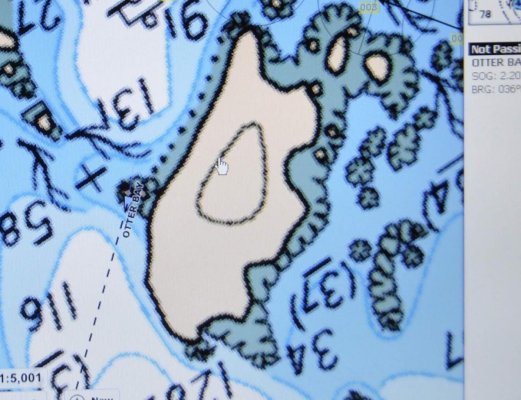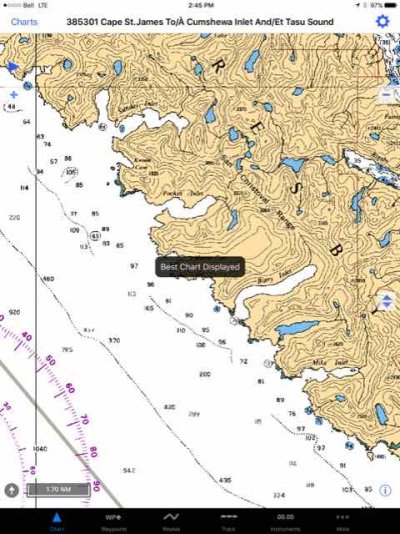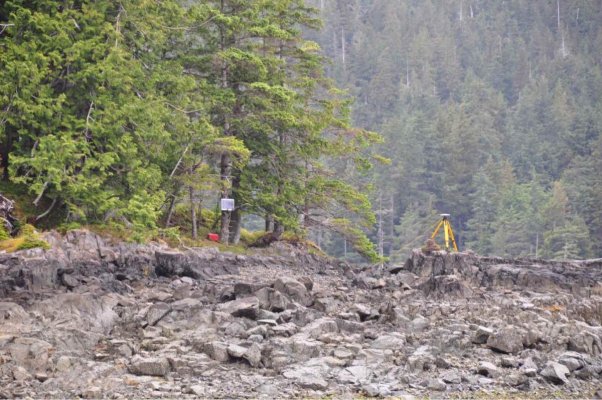JDCAVE
Guru
- Joined
- Apr 3, 2011
- Messages
- 3,010
- Location
- Canada
- Vessel Name
- Phoenix Hunter
- Vessel Make
- Kadey Krogen 42 (1985)
After 3 weeks in the Gwaii Haanas area we are back in Sandspit and civilization. In the Murchison Island anchorage we met up the the CCGV "Otter Bay" that is equipped for the Canadian Hydrographic Service (CHS) and I went over to say hello. I was treated to a tour of their systems, which included a Kongsberg Simrad EM 2040C multibeam-400 beams from 4 transducers and a $150,000 sensor to correct for pitch, roll, yaw, identical to the ones used in cruise missiles:
Many computer screens!
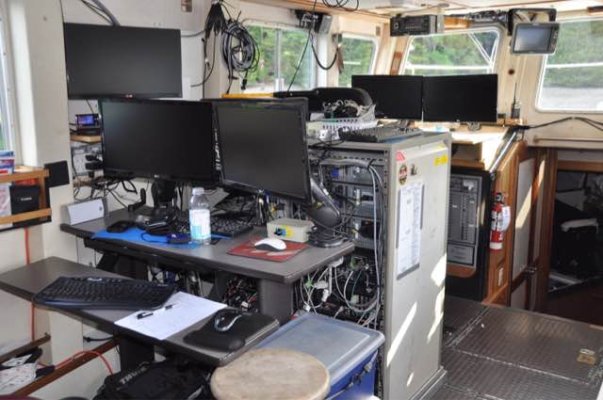
4 transducers and the pitch roll yaw sensor (no step)
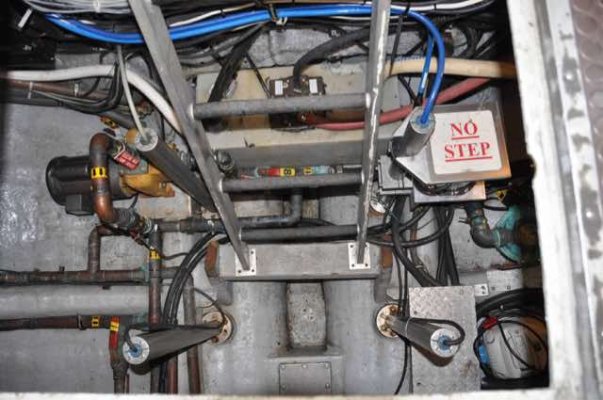
So naturally we talked about charts, the quality of the very old soundings in some areas etc. I was especially interested in horizontal position error as I am beginning to,see evidence of it in a number of locations. I was told that in some cases the shore line of whole inlets are out by a considerable measure. The issue is they take a reference location and then triangulate all points along the shore from that location. In some cases the position of that location is inaccurate and the all subsequent measurements are therefor biased. Including the soundings which are referenced to the shore.
But the most interesting part of my visit with them was watching them leave the anchorage. If you want to understand the consequences of HPE, a photo is worth a thousand words! I wanted to see how they left the anchorage, so switched on my CE with the AIS on and camera ready. The CCGV Otter Bay can travel on land!
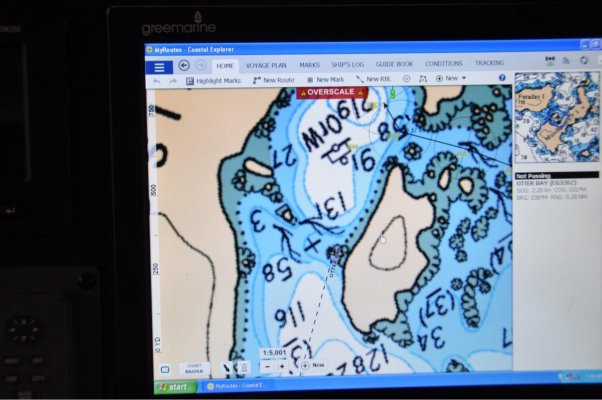
Many computer screens!

4 transducers and the pitch roll yaw sensor (no step)

So naturally we talked about charts, the quality of the very old soundings in some areas etc. I was especially interested in horizontal position error as I am beginning to,see evidence of it in a number of locations. I was told that in some cases the shore line of whole inlets are out by a considerable measure. The issue is they take a reference location and then triangulate all points along the shore from that location. In some cases the position of that location is inaccurate and the all subsequent measurements are therefor biased. Including the soundings which are referenced to the shore.
But the most interesting part of my visit with them was watching them leave the anchorage. If you want to understand the consequences of HPE, a photo is worth a thousand words! I wanted to see how they left the anchorage, so switched on my CE with the AIS on and camera ready. The CCGV Otter Bay can travel on land!


